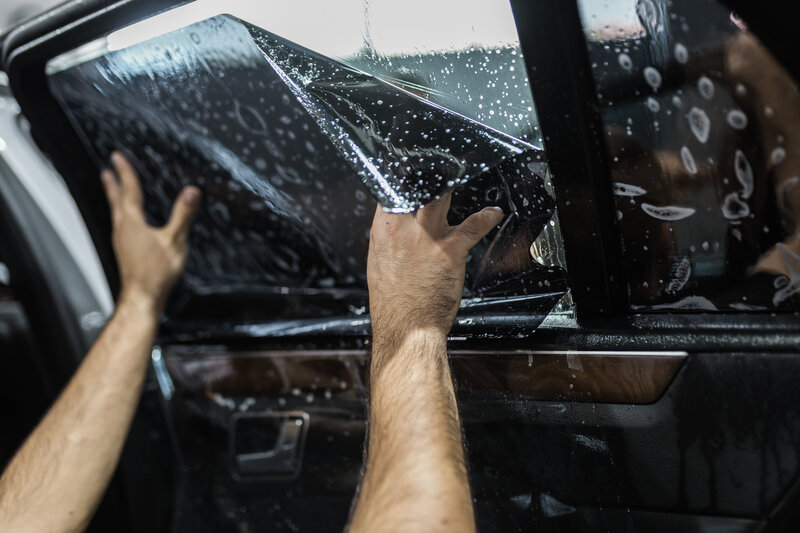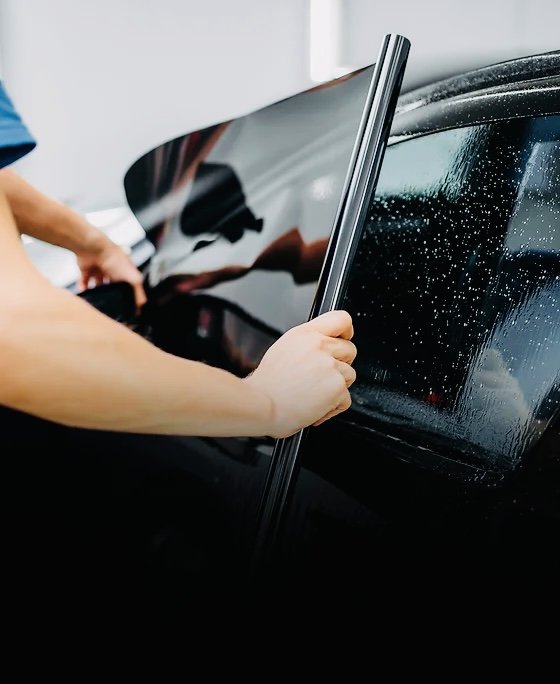Discover Superior Craftsmanship with Professional Window Tinting Folsom
Your Comprehensive Overview to Do It Yourself Home Window Tinting: Tips and Tricks
Embarking on a DIY home window tinting job offers a chance to enhance both the performance and appearances of your area. However, prior to starting this venture, it is important to navigate the intricacies of neighborhood tinting guidelines and select a suitable film that lines up with your objectives. From crucial devices to a precise application procedure, each step plays a crucial role in accomplishing a professional coating. As you consider the various choices and strategies offered, you might find yourself doubting the very best practices to ensure durability and performance of your color.
Recognizing Home Window Tinting Rules
Browsing the detailed landscape of home window tinting legislations is crucial for any kind of do it yourself enthusiast looking for to boost their lorry's visual appeals and comfort. Each state in the united state has details laws pertaining to the allowed levels of tint on different windows, which can significantly impact your decision-making procedure.
Normally, these laws dictate the maximum allowable Noticeable Light Transmission (VLT) percentage, which refers to the quantity of light that can pass via the colored windows. For example, some states allow just a certain percent of color on the front windscreen, while allowing darker tones on rear home windows. Compliance with these laws is critical, as failure to stick can lead to fines or the need to get rid of the tint entirely.
Additionally, there are frequently distinctions between guest automobiles and commercial automobiles, with different guidelines using to each classification. It's suggested to consult your regional Division of Motor Autos or equivalent authority to gather precise info customized to your place. Recognizing these laws not just makes certain legal compliance yet also improves safety by preserving presence and avoiding prospective threats while driving.

Choosing the Right Tint Film
Selecting the proper color film is an important step in the DIY window tinting process, as it straight affects both the appearance and functionality of your vehicle's home windows. Several factors should lead your option, including the type of film, its lawful compliance, and your desired end results.
First, consider the different kinds of color films available: colored, metalized, ceramic, and hybrid. Colored movies give a standard level of personal privacy and warm reduction yet may discolor gradually. Metalized movies use improved warmth being rejected and longevity however can hinder electronic signals. Ceramic movies, while much more pricey, supply exceptional heat resistance and UV protection without signal disturbance.
Following, ensure that the movie complies with regional laws worrying noticeable light transmission (VLT) percentages. click to find out more Compliance with these regulations is important to stay clear of penalties and make certain security.
Necessary Tools for Do It Yourself Tinting
Having chosen the best color film for your windows, the next step involves collecting the required tools to guarantee an effective setup. The key tools you will certainly need include an utility blade or a razor blade, which is vital for cutting the color movie to the wanted dimension. A squeegee is additionally important, as it aids remove air bubbles and smooth out the movie during application.
Along with these main devices, a spray container filled with soapy water will help in you can try these out creating a workable surface area for the tint movie, enabling adjustments before it sticks permanently. A determining tape makes sure specific measurements for cutting the film precisely, while a soft cloth or lint-free towel is necessary for cleaning up the glass surface before application.
Additionally, consider using a heat gun or hairdryer, as this can assist mold and mildew the tint film to the contours of the home window and assist in adherence. Ultimately, gloves are a good idea to avoid fingerprints on the film throughout installation. By collecting these crucial tools, you will be well-prepared to tackle your DIY window tinting task effectively.
Step-by-Step Application Process
Begin by thoroughly cleansing the home window surface to guarantee ideal attachment of the tint movie. As soon as the window is tidy, gauge the color film against the home window, allowing for a slight overlap on all sides.
Gently spray the home window surface area and the sticky side of the film. Very carefully line up the movie with the top of the window, ensuring it is directly. Window Tinting Folsom. Use a squeegee to smooth the movie, using firm, also pressure.
Trim any kind of excess film from the edges with your utility knife. Permit the tint to treat for at least 24 hours without rolling down the home windows. This step is important for ensuring a long-lasting application. Adhere to these steps diligently for optimum lead to your DIY home window tinting job.
Upkeep and Care Tips
Proper maintenance and care of your home window color is vital to guarantee its long life and performance. To start with, stay clear of making use of abrasive cleaners or harsh materials when site here cleaning tinted home windows. Rather, select a gentle, ammonia-free cleaner and a soft microfiber fabric to stop scratches and peeling.
It's a good idea to wait at least a week after installation before cleansing your home windows to enable the glue to fully heal. Throughout this initial duration, prevent rolling down the home windows to avoid any damages to the color.
Regular upkeep entails inspecting the edges of the color for any type of indications of gurgling or raising (Window Tinting Folsom). If you discover any type of issues, it's ideal to resolve them promptly to avoid additional damage. Additionally, be mindful with making use of window treatments, such as shades or curtains, as they can produce heat that may compromise the color with time

Final Thought
Finally, taking on a DIY home window tinting task demands careful consideration of neighborhood regulations, choice of appropriate tint films, and the use of necessary devices. A systematic application procedure ensures ideal results, while normal upkeep adds to the long life of the color. By adhering to these standards, individuals can accomplish both visual improvement and raised personal privacy in their rooms, making DIY window tinting an important undertaking.